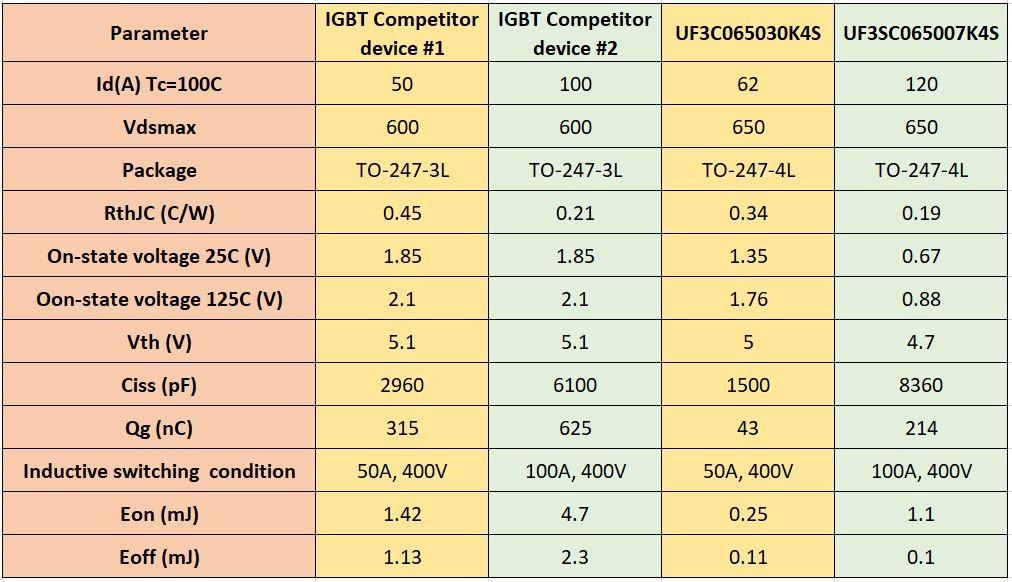Effectiveness of SiC semiconductors in rapid charging
The latest 'hypercar' electric vehicles are now producing nearly 2,000bhp and are very fast on the road, but range and charging speed are still an issue. I'm here. Being able to zip from charging point A to charging point B is nice, but if you have to wait there for an hour, the drive isn't that much fun.
Shorter charging times could ease driver anxiety if they didn't feel the need to squeeze the last mile out of the battery to avoid frequent long stops. 350kW ultra-fast chargers can help, but they are few in number and greatly increase the need to deploy more or upgrade existing charging stations.
Fast and rapid chargers convert AC line voltage to DC. Typically, most EVs are around 400V, but high-performance cars like the Porsche Taycan can handle as much as 800V. The heart of these chargers is an AC-DC converter that uses IGBT or silicon MOSFET switch technology depending on power level. IGBTs can only switch relatively slowly due to dynamic losses. It also makes this choice difficult because it forces the use of large, costly, and lossy magnetic filters. MOSFETs can switch much faster with acceptable dynamic losses and small magnetics, but high-voltage types have high conduction losses. These losses waste energy and money, and force oversized components to keep temperatures within limits, so there is a desperate need for better switches.
Wide bandgap (WBG) semiconductors, in the form of SiC and GaN switches and diodes, address many applications requiring higher efficiency. But it's not for beginners. Correct layout and driving is critical, avoiding voltage stress and high EMI levels. In practice, converter designs using WBG technology must be designed from the ground up for maximum benefit. However, there are exceptions. That is, parts combining Si-MOSFETs and SiC JFETs in a cascode configuration have special advantages. Qorvo's SiC FET has a cascode connection of SiC-JFET and Si-MOSFET, and from the user's point of view, it looks like it is driving a Si-MOSFET. , have lower on-resistance than SiC MOSFETs and GaN, and are highly resistant to avalanche effects due to overvoltage.
They are also highly short-circuit tolerant due to self-limiting operation. Switching losses are typically lower than other WBG semiconductors due to lower device capacitance, while retaining all of the typical advantages of SiC semiconductors: high critical voltage, high temperature operation, and high thermal conductivity. Qorvo's lowest on-resistance devices have achieved on-resistances below 7 milliohms at 650V, 1200V types have achieved on-resistances below 10 milliohms, and the highest power charger 480VAC line systems may be used in
Comparison of SiC FETs and IGBTs
So far, we've talked in general terms, but as shown in Table 1, some numbers explain the difference between IGBTs and SiC FETs available in the same package in the 600/650V class. SiC semiconductors are superior in all parameters, meaning that existing devices can be easily converted to Qorvo's SiC FETs, resulting in lower component losses.

SiC FETs are also active in the power factor correction stage required in chargers and as synchronous rectifiers in place of diodes. For example, a 350kW fast charger for a 400V battery must deliver 875A in a diode bridge arrangement. The rectifier can be constructed from paralleled SiC JBS diodes or SiC FETs configured as synchronous rectifiers. Assuming 100A each at a 50% duty cycle, at 125°C the diode will drop 2V and dissipate 100W, while the SiC FET will drop only 0.9V and dissipate 45W. , which is less than half the value of SiC diodes.
Summary
Since SiC FETs come in TO-247-4L packages, they can often directly replace IGBTs and Si-MOSFETs, providing an immediate leap in circuit efficiency. The new design has even greater benefits because it allows the frequency to be pushed up without sacrificing efficiency and the associated passive components (particularly the magnetic circuit) can be smaller.
This makes wide bandgap semiconductors such as SiC FETs the “Rolls Royce” of switches.
Inquiry
If you have any questions regarding this article, please contact us below.
Qorvo manufacturer information top page
If you want to return to Qorvo manufacturer information top page, please click below.
